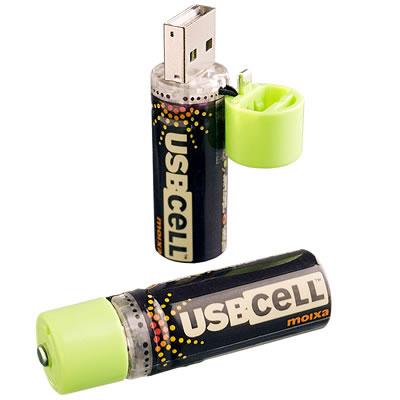Tech
DEMOfall 2006 day one wrap-up
As is always the case at this show, the opportunity to watch companies attempt to distill their essence down to six minutes on stage is compelling geek theatre. But the real action follows one-on-one with the visionaries and entrepreneurs in the Pavilion tent. The second half of the day at DEMOfall 2006 included a number of very interesting ideas - some with serious practical implications and at least one that was just plain fun.


My favorite presentations from the second part of the day yesterday included:
- Qipit – a cell phone camera service that ingests images of whiteboards, documents, and other information, cleans them up, stores them, and allows them to be shared with others via e-mail and fax. The cleanup function was very impressive. A typical gray and grainy shot of a whiteboard was instantly rendered in full color and impressively legible fashion on the Qipit server.
- Eyespot – a video editing suite in the browser with iMovie-style drag and drop ease-of-use for assembling videos, adding transitions, titles, and audio. Once composed and rendered, these video compositions can be shared on mobile devices. In the Eyespot community, you can subscribe via RSS to any author whose work you’d like and receive alerts when new content is available.
- 3Jam – group SMS messaging. I must admit when my friend Buzz told me to look at this, I didn’t really get excited about it. But after installing a simple application on my Treo and generating group SMS chats with a few groups of people, the light bulb went on. I think this has serious implications for business chat – in much the same way push-to-talk phones did in the late 90’s. The social story is easy to figure out but the more I think about the collaborative potential for business, the more intrigued I become with this service.
- Flurry – e-mail for the vast majority of simple cell phones that do not offer data services. The Flurry application (installed over the air) and service enables text-based e-mail on a wide variety of phones lacking the kind of data services associated with more expensive converged devices.
- Moxia Energy Holdings USB Cell – one of those brilliant ideas that makes you slap your forehead and ask yourself, “why didn’t I think of this?”. The USB Cell looks like a conventional AA battery until you flip the cap to reveal a USB connector. You can recharge the USB Cell in any USB port on your laptop, desktop or game console. A pair of AA cells will cost about $24 US when they become available here in the states (currently they are only available in the UK). More exciting, for me, was the promise of cell phone cells in the future. I’ve already put in my argument for a Treo USB Cell ;^)
- Violet – Nabaztag, the world’s first wireless rabbit. This one is just plain fun. A wireless device that looks like a stylized bunny sits somewhere in your home retrieving information over a wireless connection and alerting you to new content using a combination of robotics, flashing lights, and voice synthesis. It’s difficult to describe in words but utterly charming to see in action. A passionate community of users has developed some amazing uses for this device. Oliver Starr turned to me yesterday during the demo and said, “hackers are going to have a field day customizing this thing”.